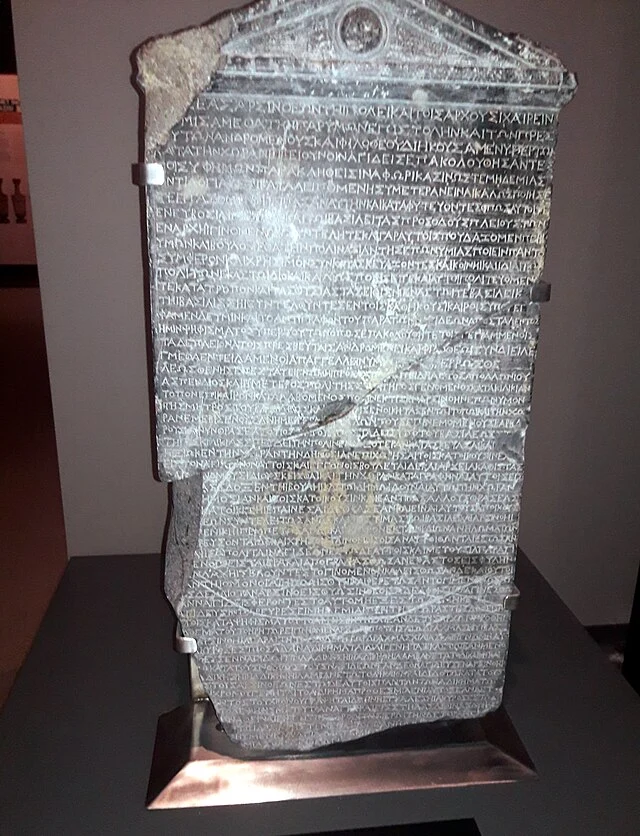Nagidos was an ancient Greek city located on the southern coast of Anatolia, in present-day Turkey. Founded by colonists from Samos and Rhodes, Nagidos played a crucial role in the region’s maritime trade. Its strategic position made it an important hub for commerce between the Aegean and the Eastern Mediterranean.
Get your dose of History via Email
Historical Background
Nagidos was established during the 5th century BC. The city was part of the region known as Cilicia, which was renowned for its strategic location and fertile lands. Throughout its history, Nagidos experienced various phases of prosperity and decline, largely influenced by the political and military events of the surrounding empires.
The city was originally founded as a trading colony. Its harbor facilitated trade between Greece and the Near East. The city exported agricultural products, textiles, and other goods, which contributed to its economic prosperity.
Political Influence
Nagidos was under the influence of several powerful entities throughout its history. Initially, it was part of the Achaemenid Persian Empire until the conquests of Alexander the Great in the 4th century BC. Following Alexander’s death, the city came under the control of the Seleucid Empire.
The city’s allegiance shifted as regional powers vied for control. Despite these changes, Nagidos maintained a degree of autonomy due to its economic importance.
Cultural Significance
The city’s culture reflected a blend of Greek and Anatolian influences. Artifacts found in the area indicate that the people of Nagidos practiced polytheism, worshiping both Greek gods and local deities. The city’s architecture and urban planning were typical of Greek city-states, with temples, public buildings, and a well-organized grid of streets.
Nagidos was also known for its coinage. The city’s coins often depicted deities and symbols related to the sea, emphasizing its maritime nature.
Decline and Legacy
Nagidos began to decline in the late Hellenistic period. The rise of other regional powers and shifting trade routes contributed to its diminishing importance. By the Roman period, Nagidos had become a minor settlement.
Archaeological excavations at the site have uncovered significant remains, including parts of the city’s fortifications, public buildings, and inscriptions. These findings provide valuable insights into the history and culture of the region.
Today, the site of Nagidos offers a glimpse into the past, allowing historians and archaeologists to understand the dynamics of ancient trade and cultural exchange in the Mediterranean.
Conclusion
Nagidos was a significant city in ancient Cilicia, playing a vital role in regional trade and politics. Its history reflects the broader patterns of Greek colonization, Persian influence, and Hellenistic culture. While the city eventually declined, its legacy endures through the archaeological discoveries that continue to inform our understanding of the ancient world.

